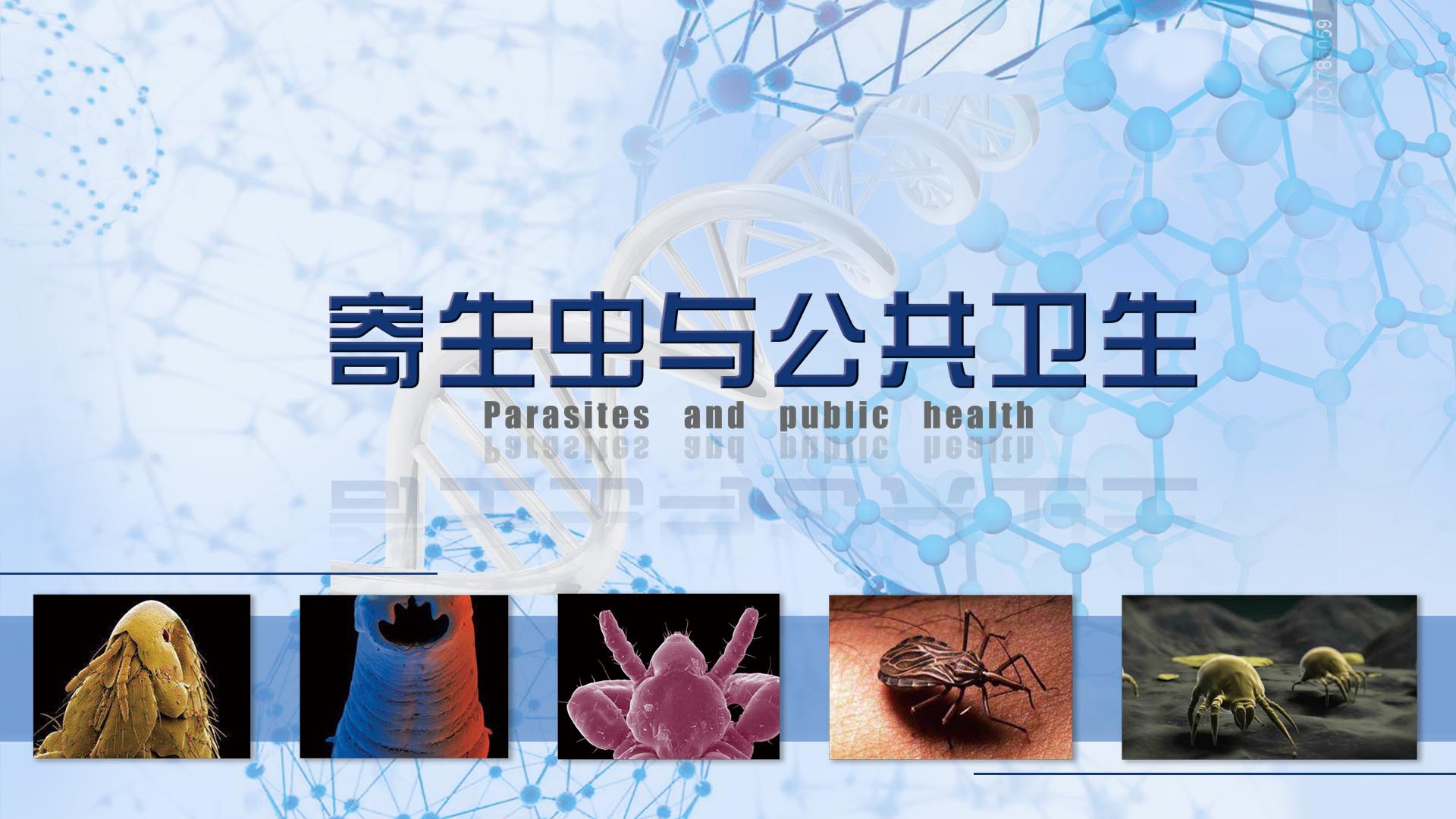
当前课程知识点:Introduction of New Structural Regional Economics > 4. Principals of New Structural Regional Economics > 4.3 Role Boundary of Facilitating Government > 4.3 Role Boundary of Facilitating Government
返回《Introduction of New Structural Regional Economics》慕课在线视频课程列表
返回《Introduction of New Structural Regional Economics》慕课在线视频列表
欢迎大家继续学习
新结构区域经济学导论
本节课 我们重点学习新结构区域经济学
基本原理之三
有为政府边界原理
大家知道 新结构经济学非常强调
有为政府的作用
那么有为政府意味着什么
有为政府该如何发挥作用呢
换句话说
有为政府它的边界在哪里
如何识别这种边界
本节课我们就将进一步来系统学习
有为政府
可以追溯到到凯恩斯经济学框架
凯恩斯首先倡导了
国家干预经济的理论与政策
是有为政府的雏形
主要观点是
如果经济由市场自发的调节
就必然会引发的
有效需求不足和失业
市场这只“看不见的手”不可能
把私人利益转化为社会利益
经济危机和失业
不可能完全排除
只有依靠“看得见的手”
即
政府对经济的全面干预
才能摆脱经济萧条和失业问题
因此 凯恩斯主义的中心
就是政府干预来替代自由放任
包括通过
增加货币供应量来刺激消费的货币政策
以及增加政府支出的财政政策
当然通常来说
财政政策运用的更为丰富
在凯恩斯之后
关于有为政府讨论较多
其中 新结构经济学
强调的有为政府最为典型
新结构经济学认为
在各个不同的经济发展阶段
有为政府能够有效地
培育 监督 保护 补充市场
纠正市场失灵 促进公平
因地制宜 因时制宜 因结构制宜
是增进社会各阶层长期福利水平的政府
政府“有为”
既非“不作为” 亦非“乱为”
如果将政府所有可选择的行为
作为一个全集
那么“不作为”与“乱为”
这两个集合的补集
就是“有为”的集合
因此 总体来看
新结构经济学中的有为政府
至少具有两层含义
第一层含义是动态变迁
即指政府需要
克服对应的市场不完美,
弥补各种各样的市场失灵
干预 增进与补充市场
在不同的经济发展阶段
根据不同的经济结构特征.
第二层重要含义是“改革”
即政府机构与职能本身
需要主动地进行改革
随着经济结构与发展阶段的变化
包括简政
放权
取消错误干预与管制
在众多经济工具中
基于产业政策的有为政府
是非常重要的
这也是大家探讨最为激烈的
在区域经济发展过程中
本质上 产业政策是一种宏观经济政策
具有干预性和制度性双重属性
在时间 空间 产业 政府4个维度上
它存在政府干预
或制度构建的有效性条件
更重要的是
产业政策不仅仅是存在于中国
也非常流行于发达国家
如日本 美国
但即便如此
对产业政策的界定和认识
还是不统一
原因主要是
产业政策边界以及作用效果
并没有凯恩斯框架下的财政政策
或者货币政策那么的清晰
产业政策它是一种宏观经济政策
但是它又区别于货币政策
国际贸易政策等等
从政策对象来看
产业政策主要
针对要素市场而言
通过影响劳动力 资本
土地 技术等要素配置
来改变经济增长效率
具体来看
理想的产业政策对区域经济发展
特别是赶超具有十分重要的意义
首先
对产业政策对象的精准识别
不仅有利于提高政策的有效性
而且能够为其他配套政策工具的介入
提供明确的依据
其次 产业政策有效性需要
以政府 企业 社会之间的
信息共享为前提
只有当产业政策能够有效地甄别
资本 劳动力 信息技术等要素信息前提下
政府制定相应产业政策时
它的有效性才能够发挥到最大化
第三 产业政策的制定
需要协调产业政策
与宏观经济政策之间的关系
提高产业中长期调节作用
和短期需求侧宏观政策的
互补性
那么 如何制定合理的产业政策呢
换言之
有为政府该如何发挥作用
它的边界在哪里
我们认为 有为政府介入
可以识别产业之间的技术距离
来识别产业之间的差距
进而制定产业政策
技术距离是客观存在的
表现为不同国家
在技术水平上的差距
而技术通常反映
在不同产业之间
Jaffe首次提出了技术距离的概念
他认为可以用某一产业所拥有的
专利组合和专利类型
所测出的技术位置来衡量技术距离
因此 技术距离也反映了
由一个产业向其他产业转型的
可能性
而基于
有为政府的产业政策制定
就是要寻求这种可能性
——即有效边界
当产品之间的技术距离
超过一定的门槛
企业就再无法转型升级
此时政策就会彻底失效
各个国家在实施产业升级的过程中
并不是
完全遵循比较优势的
对比较优势可以有一定的偏离
是一种常态
但是偏离比较优势并不是
完全抛弃比较优势
而是要建立一定的技术距离阈值基础上
具体而言
如果各国完全遵循比较优势的情形
那么在产品间的技术距离
超过某一特定临界值后
企业就再无
转型升级的动力
在某一临界之内
其潜在优势都会得到充分发掘
此时并不需要产业政策
但实际上
几乎没有国家
可以做到完全遵循比较优势
完全不遵循
比较优势的情形
在这种情形下
产业升级成功能的可能性
与技术距离成正比(B)
极端情况(A)
与完全遵循比较优势相反
考虑中间情形
具有较高邻近性的产品
实现升级的可能性高于具有较低邻近性的产品
那么 就可以认为产业政策不应完全违背比较优势
但也不应完全遵循比较优势
而是要在完全遵循比较优势
与不遵循比较优势之间进行平衡
跨国的历史经验表明
虽然一国在经济发展上
取得非凡的成就
离不开产业政策
但产业政策的实施
并不能必然保证
一国在经济发展上的成功
产业政策的成功与否
不仅需要解决在什么方向上进行干预的问题
还需要对产业政策的正确理解
以及合理的制度设计
最后 这是本节课的参考文献
好 本节课我们介绍了
有为政府边界原理
希望通过本节课的学习
大家可以明确政府
在产业调控中的作用
谢谢大家
-1.1.1 China's Physical Geography
--1.1.1 China's Physical Geography
--1.1.1 Test
-1.1.2 Hu Line
--1.1.2 Test
-1.1.3 Economic catch-up of the central and western China
--1.1.3 Economic catch-up of the central and western China
--1.1.3 Test
-1.2.1 Overview of China’s economy
--1.2.1 Overview of China’s economy
--1.2.1 Test
-1.2.2 Coastal special economic zones in China
--1.2.2 Coastal special economic zones in China
--1.2.2 Test
-1.2.3 Western Development strategy in China
--1.2.3 Western Development strategy in China
--1.2.3 Test
-1.2.4 Northeast China Revitalization Plan
--1.2.4 Northeast China Revitalization Plan
--1.2.4 Test
-1.2.5 Rise of Central China Plan
--1.2.5 Rise of Central China Plan
--1.2.5 Test
-1.3.1 Coordinated regional development and main functional area
--1.3.1 Coordinated regional development and main functional area
--1.3.1 Test
-1.3.2 China’s urban agglomeration pattern and the economic effect
--1.3.2 China’s urban agglomeration pattern and the economic effect
--1.3.2 Test
-2.1 Agricultural location theory
--2.1 Agricultural location theory
--2.1 Test
-2.2 Growth Pole Theory
--2.2 Test
-2.3 The Stages of Economic Growth
--2.3 The Stages of Economic Growth
--2.3 Test
-2.4 Pole & Axis System Theory
--2.4 Pole & Axis System Theory
--2.4 Test
-2.5 Center-periphery theory
--2.5 Test
-3.1 Why New Structural Economics
--3.1 Why New Structural Economics
--3.1 Test
-3.2 The Theoretical Foundation of New Structural Economics
--3.2 The Theoretical Foundation of New Structural Economics
--3.2 Test
-3.3 Does New Structural Economics Offer Explanations?
--3.3 Does New Structural Economics Offer Explanations?
--3.3 Test
-3.4 Application for Industrial Policy
--3.4 Application for Industrial Policy
--3.4 Test
-3.5 Does the idea of New Structural Economics work?
--3.5 Does the idea of New Structural Economics work?
-4.1 Regional Externality
--4.1 Test
-4.2 Endowment Structure Transformation
--4.2 Endowment Structure Transformation
--4.2 Test
-4.3 Role Boundary of Facilitating Government
--4.3 Role Boundary of Facilitating Government
--4.3 Test
-4.4 Spatial Optimal Equilibrium
--4.4 Spatial Optimal Equilibrium
--4.4 Test
-4.5 Evolution of Dynamic Spiral
--4.5 Evolution of Dynamic Spiral
--4.5 Test
-5.1 China's Development Experience and OFDI
--5.1 China's Development Experience and OFDI
--5.1 Test
-5.2 Commonness and New Trends of Developing Countries
--5.2 Commonness and New Trends of Developing Countries
--5.2 Test
-5.3 Industrialization of Developing Countries with Special Economic Zones
--5.3 Industrialization of Developing Countries with Special Economic Zones
--5.3 Test
-5.4 Growth Identification and Facilitation Framework (GIFF)
--5.4 Growth Identification and Facilitation Framework (GIFF)
--5.4 Test
-5.5 GIFF in Practice and Case Studies (Nigeria, Benin and Uzbekistan)
--5.5 GIFF in Practice and Case Studies (Nigeria, Benin and Uzbekistan)
--5.5 Test
- 6.1.1 The global competitiveness model and its theoretical basis
-- 6.1.1 The global competitiveness model and its theoretical basis
--6.1.1 Test
- 6.1.2 The Brief introduction of the Theory of County Economic Competitiveness
-- 6.1.2 The Brief introduction of the Theory of County Economic Competitiveness
--6.1.2 Test
- 6.2.1 Situation of the Chinese Counties: Development Stage、Location Characteristics and Natural Res
-- 6.2.1 Situation of the Chinese Counties: Development Stage、Location Characteristics and Natural Res
--6.2.1 Test
- 6.2.2 The other Situation of the Chinese Counties and The Case of Qinyuan Pencil
-- 6.2.2 The other Situation of the Chinese Counties and The Case of Qinyuan Pencil
--6.2.2 Test
- 6.2.3 The County's Development Strategy (comparative advantage) Analysis
--6.2.3 The County's Development Strategy (comparative advantage) Analysis
--6.2.3 Test
-6.2.4 The Other County's Development Strategy (comparative advantage) Analysis and Conclusion
--6.2.4 The Other County's Development Strategy (comparative advantage) Analysis and Conclusion
--6.2.4 Test
-6.3.1 The Case of Jinjiang and Guanling
--6.3.1 The Case of Jinjiang and Guanling
--6.3.1 Test
- 6.3.2 The Case of Qianyang and Changzhi
-- 6.3.2 The Case of Qianyang and Changzhi
--6.3.2 Test
- 6.3.3 The Case of Hotan
-7.1.1 Targeted Poverty Alleviation Strategy
--7.1.1 Targeted Poverty Alleviation Strategy
--7.1.1 Test
-7.1.2 Cases of the Old Revolutionary Base Areas
--7.1.2 Cases of the Old Revolutionary Base Areas
--7.1.2 Test
-7.2 Growth Identification and Industrial Policy: Jilin Revitalization
--7.2 Growth Identification and Industrial Policy: Jilin Revitalization
--7.2 Test
- 7.3.1 The Carrying Capacity of Yangtze River Economic Belt
-- 7.3.1 The Carrying Capacity of Yangtze River Economic Belt
--7.3.1 Test
- 7.3.2 The Development of Yangtze River Economic Belt
--7.3.2 The Development of Yangtze River Economic Belt
--7.3.2 Test
-7.4 Growth Identification and Facilitation: Integration of Yangtze River Delta and High-quality Deve
--7.4 Growth Identification and Facilitation: Integration of Yangtze River Delta and High-quality Deve
--7.4 Test
-Final examination

